Author: Paul Amico
Developed by New Zealand’s Plant & Food Research and released to the public in 1994, Pacifica was bred through the open pollination of the classic noble variety, Hallertauer Mittelfrüh. Sporting a moderate level of alpha acids and relatively low cohumulones, Pacifica is said to contribute a pleasantly soft bitterness when used early in the boil, while later additions yield orange marmalade and passionfruit aromas.
Alpha: 5.0 – 6.0%
Beta: 6.0%
Cohumulone: 25% of alpha acids
Total Oil: 1.0 mL / 100g
Myrcene: 12.5%
Humulene: 50.9%
Caryophyllene: 16.7%
Farnesene: 0.2%
Linalool: unknown
Geraniol: unknown
ß-Pinene: unknown
Parentage: open pollination of Hallertauer Mittelfrüh
Despite being available for longer than I’ve been brewing, I’d never used Pacifica hops, which is especially odd considering how much I enjoy fruity hop character. Once I got my hands on a bag of this Kiwi variety, I was excited to use it on its own in a simple Pale Ale to see what it’s all about.
| MAKING THE BEER |
I went with our standard Hop Chronicles Pale Ale recipe for this batch.
Pacifica Pale Ale
Recipe Details
| Batch Size | Boil Time | IBU | SRM | Est. OG | Est. FG | ABV |
|---|---|---|---|---|---|---|
| 5.5 gal | 60 min | 36 | 4.8 SRM | 1.053 | 1.007 | 6.04 % |
| Actuals | 1.053 | 1.007 | 6.04 % | |||
Fermentables
| Name | Amount | % |
|---|---|---|
| Pelton: Pilsner-style Barley Malt | 10 lbs | 83.33 |
| Vanora: Vienna-style Barley Malt | 2 lbs | 16.67 |
Hops
| Name | Amount | Time | Use | Form | Alpha % |
|---|---|---|---|---|---|
| Pacifica | 27 g | 60 min | Boil | Pellet | 5 |
| Pacifica | 26 g | 30 min | Boil | Pellet | 5 |
| Pacifica | 28 g | 15 min | Boil | Pellet | 5 |
| Pacifica | 56 g | 2 min | Boil | Pellet | 5 |
| Pacifica | 56 g | 4 days | Dry Hop | Pellet | 5 |
Yeast
| Name | Lab | Attenuation | Temperature |
|---|---|---|---|
| Flagship (A07) | Imperial Yeast | 77% | 32°F - 32°F |
Notes
| Water Profile: Ca 92 | Mg 1 | Na 10 | SO4 153 | Cl 50 |
Download
| Download this recipe's BeerXML file |
I started off my brew day by collecting the full volume of water and adjusting it to my desired profile.
After flipping the switch on my controller to get the water heating up, I weighed out and milled the grain.
When the water was properly heated, I incorporated the grains and set the controller to maintain my desired mash temperature of 152°F/67°C before preparing the kettle hop additions.
Once the 60 minute mash rest was complete, I removed the grains and let them drip into the kettle while the sweet wort heated up.
Following the 60 minute boil, I used my CFC to chill the wort during transfer to a sanitized FermTank.
A refractometer reading showed the wort was at my target OG.
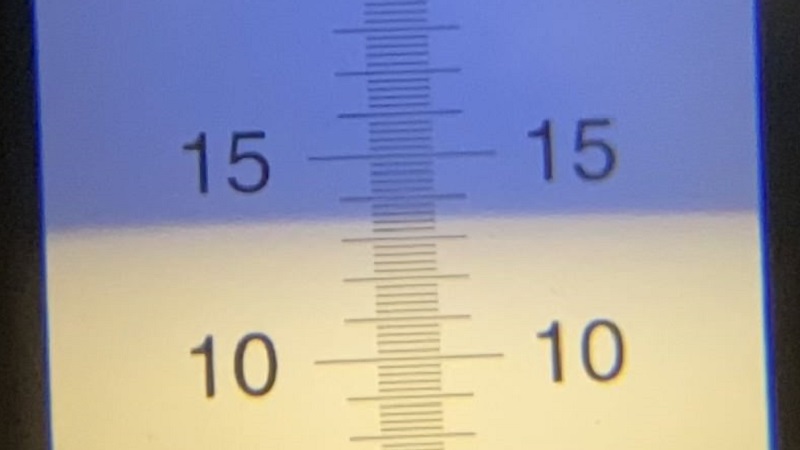
Next, I direct pitched a single pouch of Imperial Yeast A07 Flagship into the wort.
The beer was left to ferment at 66°F/19°C for 2 weeks before I took a hydrometer measurement confirming FG was reached.
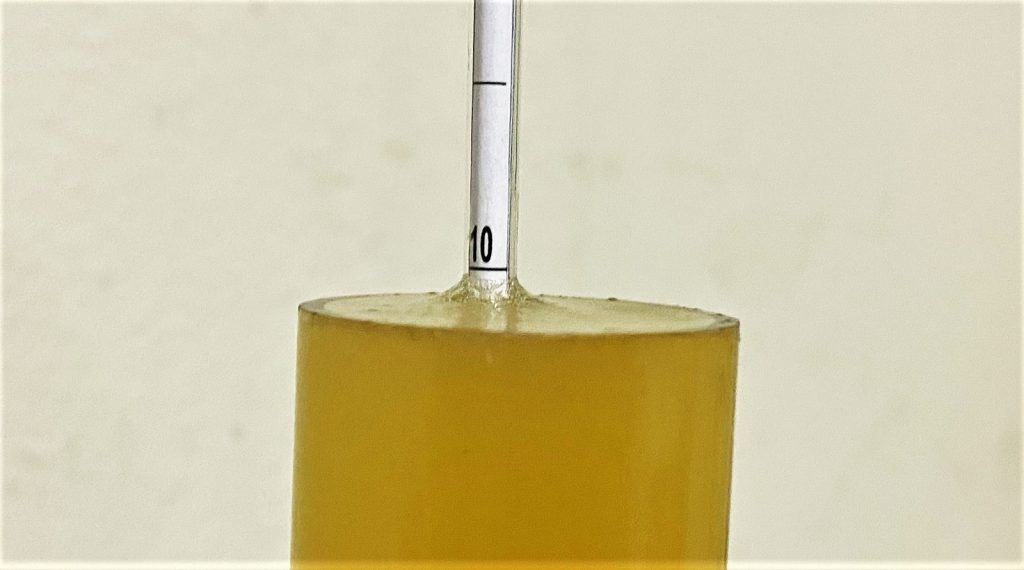
With fermentation complete, I transferred the beer to a CO2 purged keg.
The filled keg was placed in my keezer and burst carbonated overnight before I reduced the gas to serving pressure. After a week of conditioning, I began serving it to blind tasters.
| METHOD |
Participants were instructed to focus only on the aromatic qualities of the beer before evaluating the flavor. For each aroma and flavor descriptor, tasters were asked to write-in the perceived strength of that particular characteristic on a 0-9 scale where a rating of 0 meant they did not perceive the character at all and a 9 rating meant the character was extremely strong. Once the data was collected, the average rating of each aroma and flavor descriptor was compiled and analyzed.
| RESULTS |
A total of 39 people participated in the evaluation of this beer, all blind to the hop variety used until after they completed the survey. The average aroma and flavor ratings for each descriptor were plotted on a radar graph.
Average Ratings of Aroma and Flavor Perceptions
The 3 characteristics endorsed as being most prominent by participants:
| Aroma | Flavor |
| Tropical Fruit | Citrus |
| Citrus | Tropical Fruit |
| Apple/Pear | Stone Fruit |
The 3 characteristics endorsed as being least prominent by participants:
| Aroma | Flavor |
| Onion/Garlic | Onion/Garlic |
| Dank/Catty | Dank/Catty |
| Pine | Berry |
Next, participants were asked to rate the pungency/strength of the hop.
Tasters were then instructed to identify beer styles they thought the hop would work well in.
Finally, participants were asked to rate how much they enjoyed the hop character on a 1 to 10 scale.
My Impressions: While I felt this beer was a bit unidimensional, as is often the case with single-hop Pale Ales, I rather enjoyed the fruity notes imparted by Pacifica. In addition to a dose of juicy citrus, I also picked up notes of tropical fruit, namely pineapple, which was quite refreshing.
| CONCLUSION |
New Zealand hops are known for contributing desirable fruity characteristics to beer and, as such, have seen rising use by brewers of hoppy Pale Ale and IPA. Despite hitting the scene nearly 3 decades ago, during which a bevy of new Kiwi varieties have been released, blind tasters of a Pale Ale hopped solely with Pacifica rated tropical fruit and citrus as being the most prominent characteristics, while less desirable onion/garlic and dank/catty were rated lowest.
Perhaps as a function of the amount of Pacifica used in this Pale Ale, tasters rated floral and spicy relatively low, which goes against existing descriptions of this hop. Seeing as a majority felt the pungency was mild, it’s possible lower usage rates would emphasize these other characteristics a bit more, which would make Pacifica a nice all-purpose variety. As for styles, it’s no surprise tasters thought the fruitiness would work well in Pale Ale and IPA, though a good number also felt it’d be nice in pale lagers.
As someone who appreciates layered hop character, I did feel this single-hop Pacifica Pale Ale was a bit lacking, though the fruitiness was quite satisfying. Combined with more complex varieties like Mosaic and Citra, I feel like Pacifica would really contribute to a fullness of hop character, though I’m also quite excited to use it on its own in a more simply hopped Pilsner.
Pacifica hops are available now at Yakima Valley Hops, get some while you can! If you have any thoughts on this variety, please feel free to share them in the comments section below.
Support Brülosophy In Style!
All designs are available in various colors and sizes on Amazon!
Follow Brülosophy on:
FACEBOOK | TWITTER | INSTAGRAM
If you enjoy this stuff and feel compelled to support Brulosophy.com, please check out the Support page for details on how you can very easily do so. Thanks!



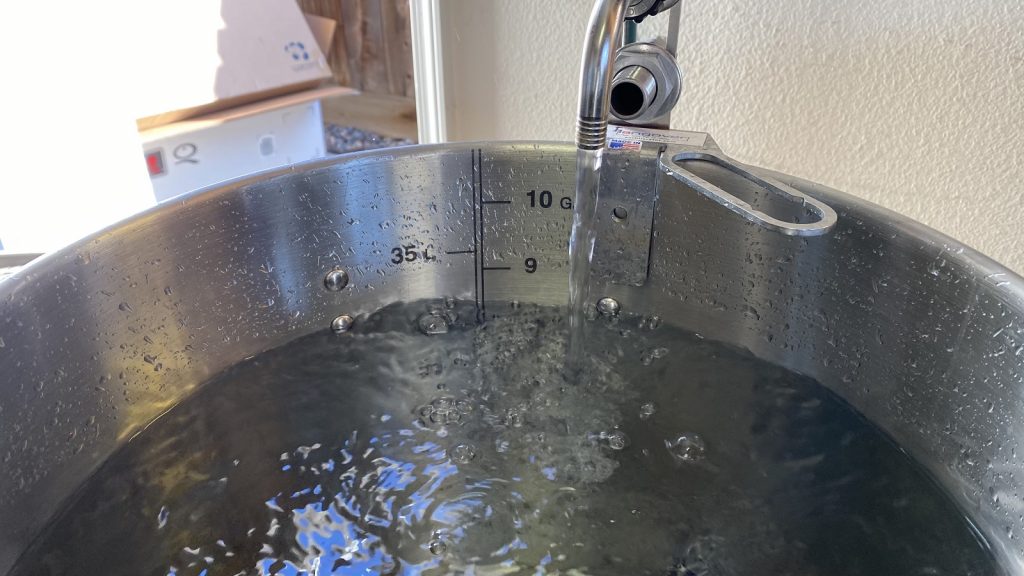
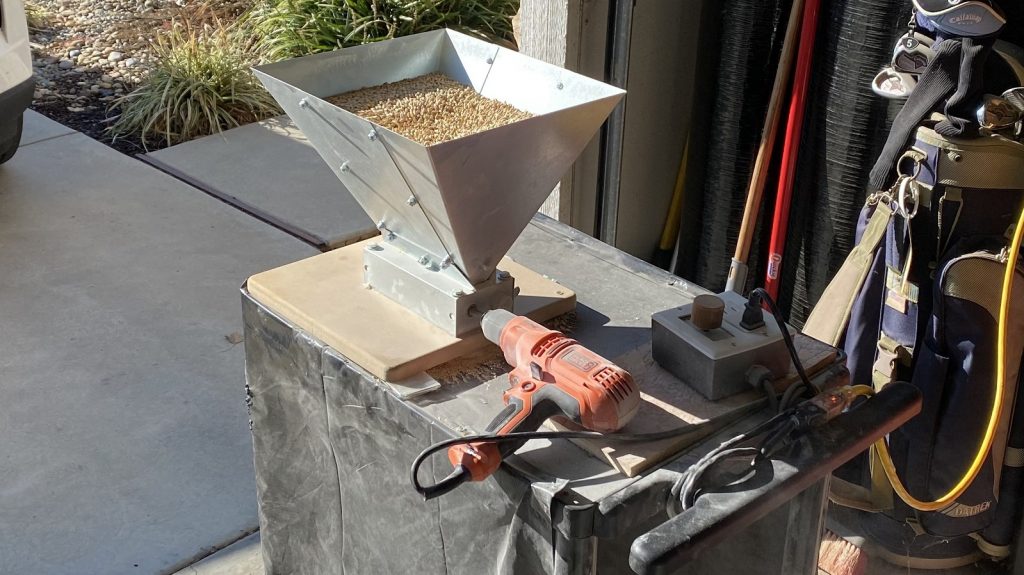
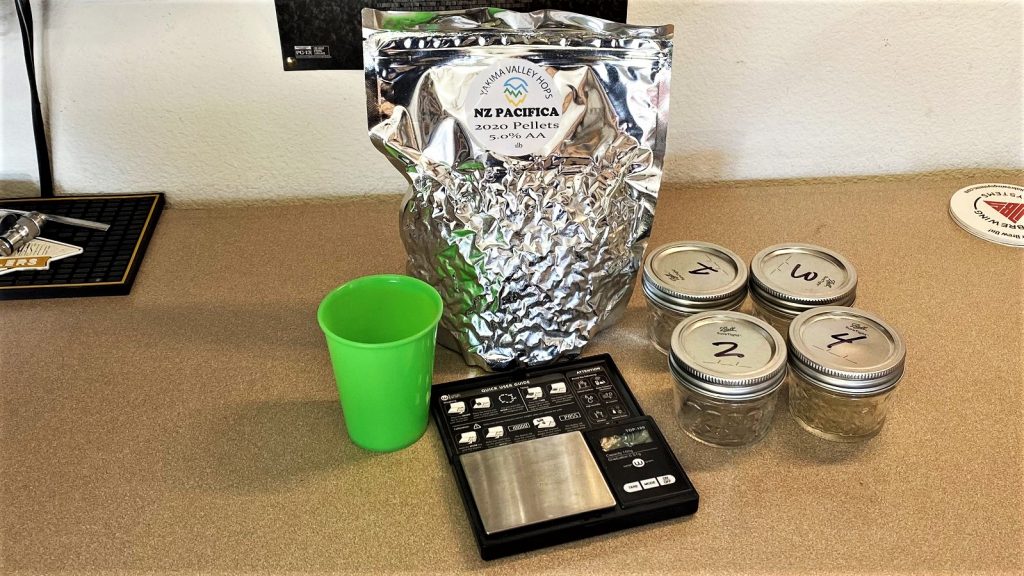
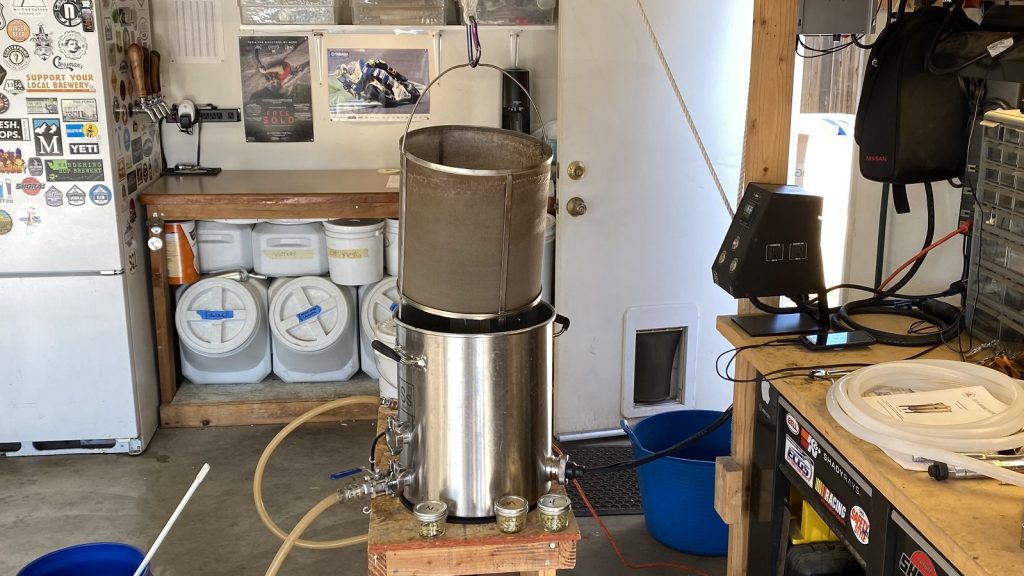
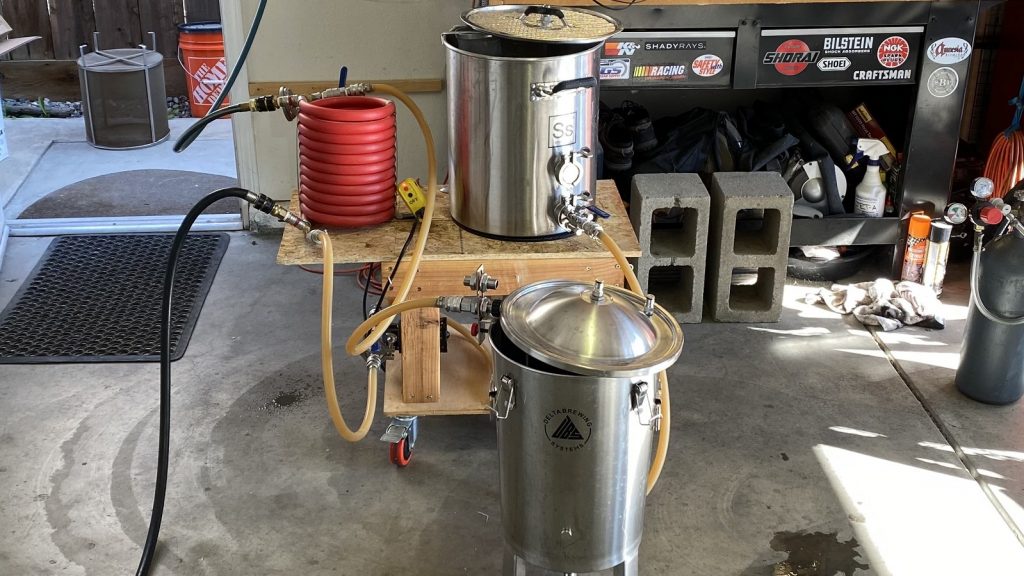
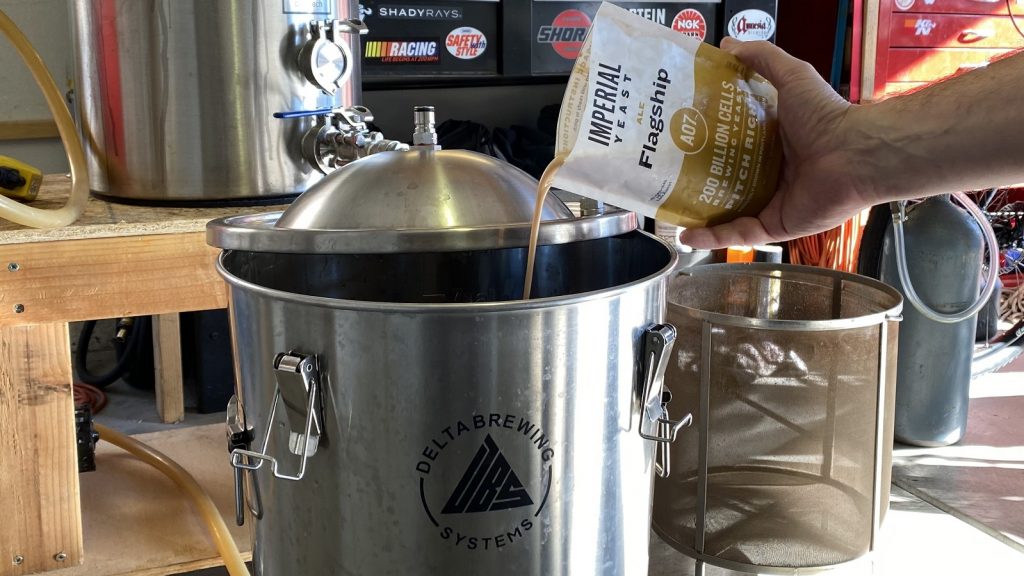
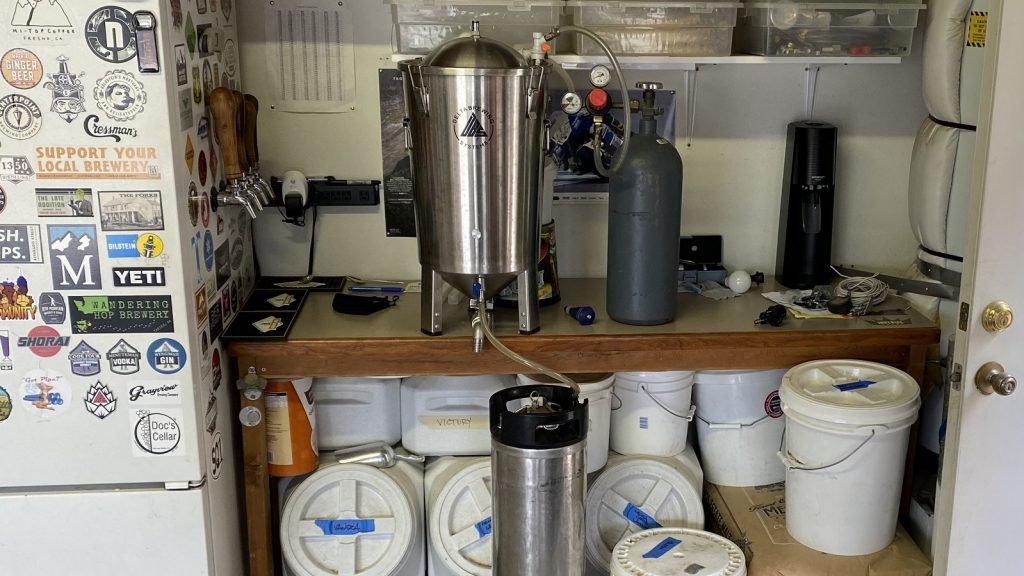
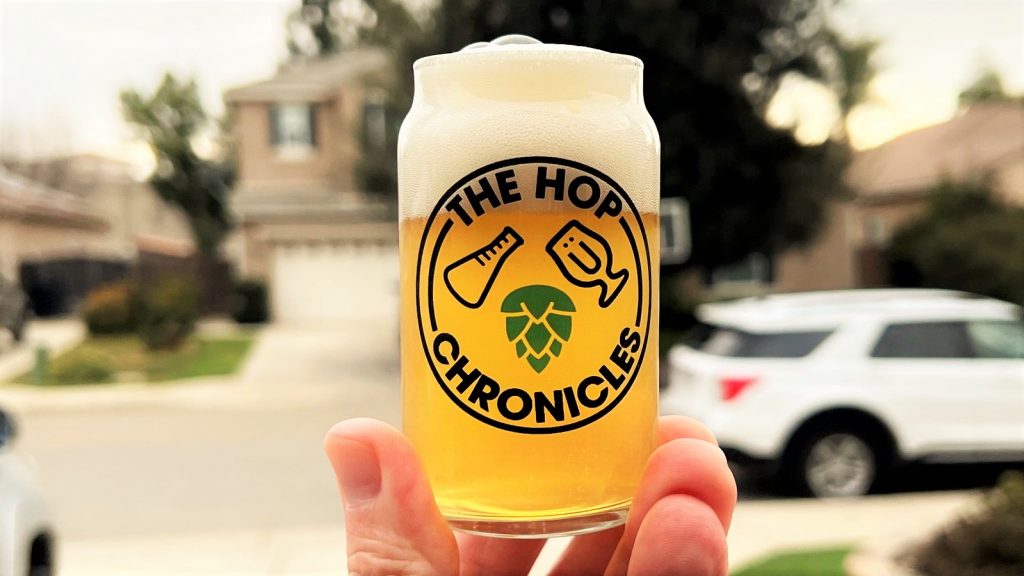

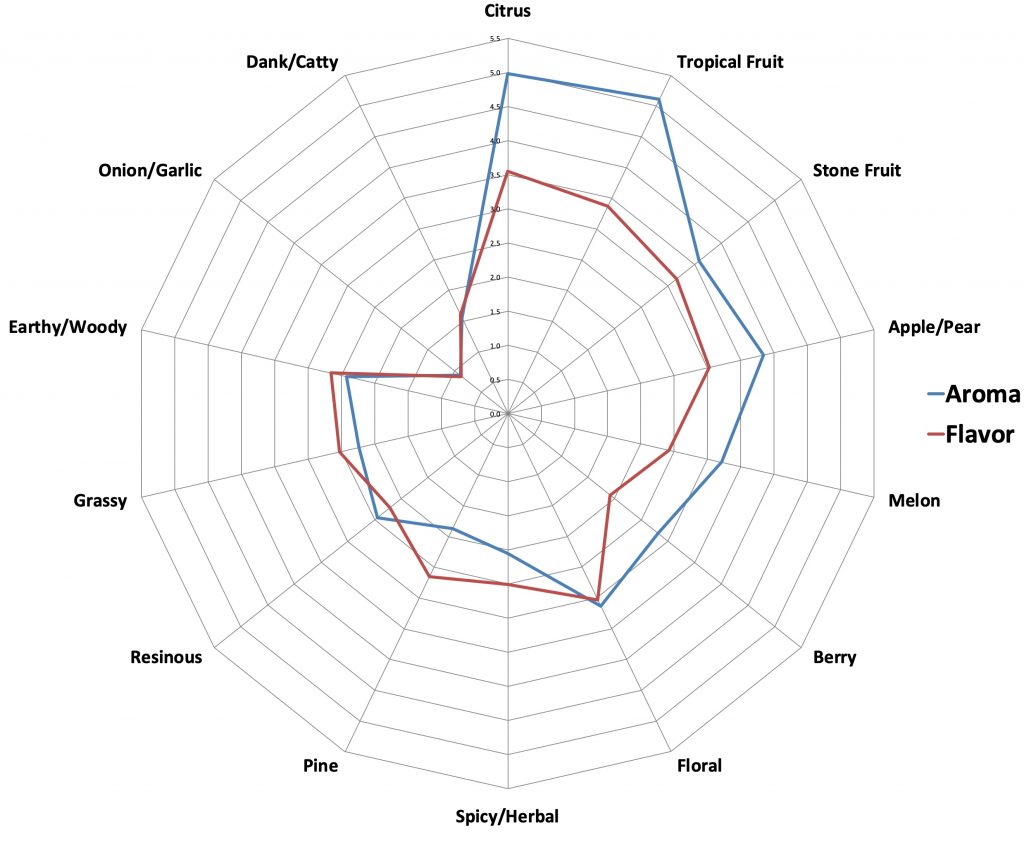
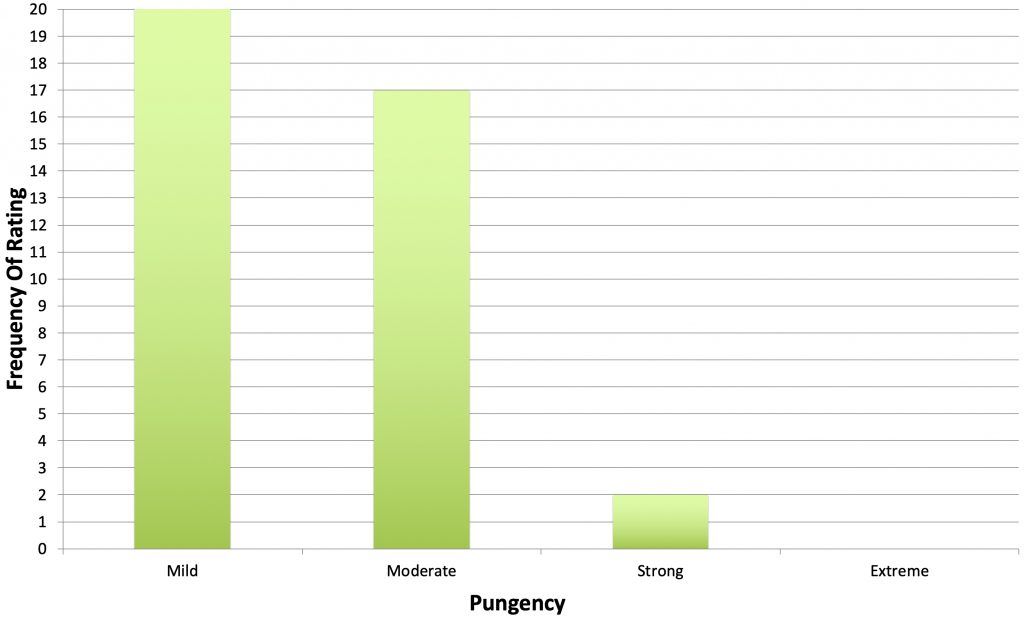
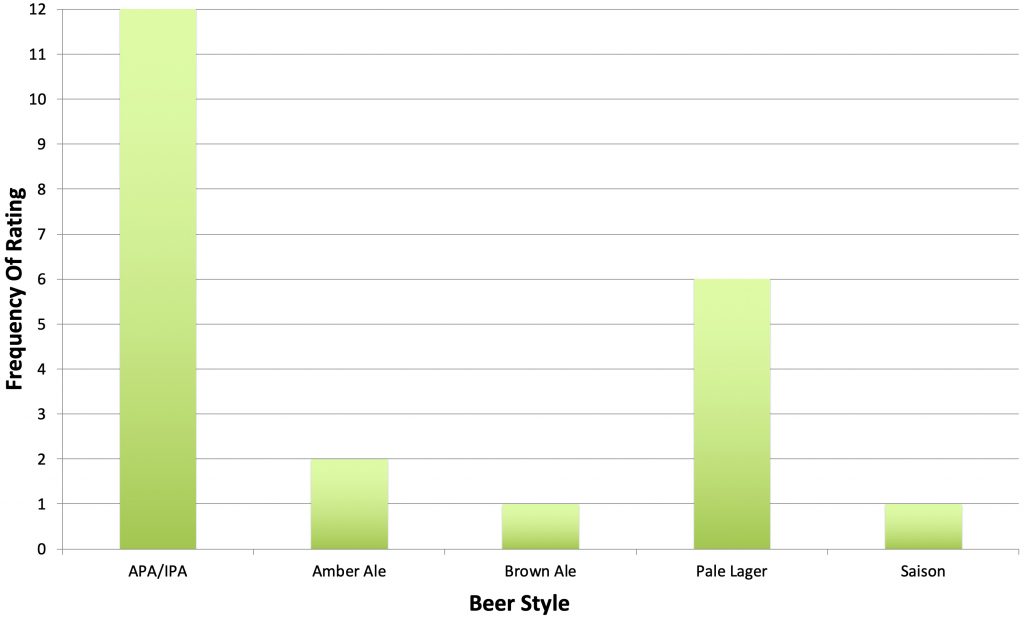
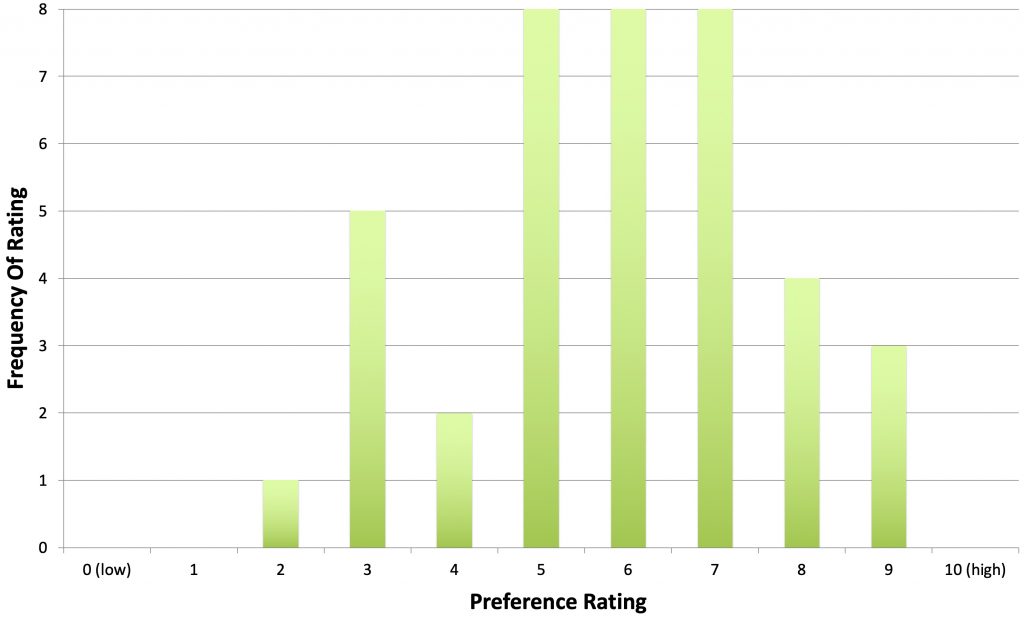











2 thoughts on “The Hop Chronicles | Pacifica (2020) Pale Ale”
This is one of my favorite hops to use in wheat beers and kolsch style beers. I’ve used it on its own and paired with wai-iti hops for these styles and I’m sure I’ve added them to an ipa.
I’ve used it in both Kolsch and Blond ales, and it made a banging Kiwi Pilsner with a dash of Motueka!